Potash Fertilizer Production Line Efficiency: 5 Key Technologies You Should Know
In today’s agricultural landscape, potash fertilizers are a critical resource for enhancing soil fertility and boosting crop yields. With the growing demand for sustainable farming practices, optimizing the efficiency of the Potash Fertilizer Production Line has become essential. Advancements in technology have paved the way for more streamlined and energy-efficient production processes, helping manufacturers meet agricultural needs while minimizing waste. In this article, we’ll explore five key technologies that are revolutionizing the efficiency of potash fertilizer production lines.
Advanced Crushing and Grinding Systems
At the heart of any Potash Fertilizer Production Line is the crushing and grinding process, where raw potash ore is broken down into smaller particles for further processing. Traditional crushing methods often lead to energy waste and uneven particle size distribution, affecting the overall efficiency of production.
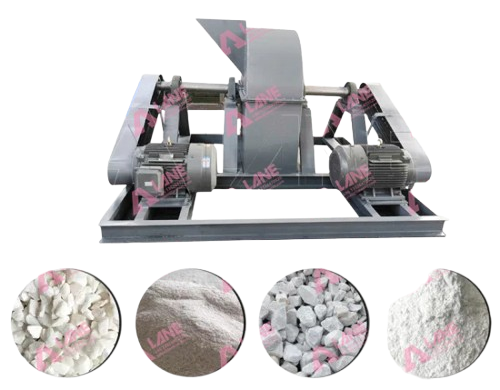
To address these challenges, modern Potash Fertilizer Production Line have adopted advanced crushing and grinding technologies such as high-pressure grinding rolls (HPGR) and vertical roller mills. These systems offer higher crushing efficiency by applying pressure more uniformly across the material, resulting in a finer and more consistent particle size. Additionally, these technologies consume less energy compared to traditional crushers, contributing to a more sustainable production process.
By improving the initial stages of production, these advanced systems ensure that the downstream processes, such as flotation and crystallization, operate more effectively, ultimately increasing the yield of high-quality potash fertilizer.
Automated Flotation Technology
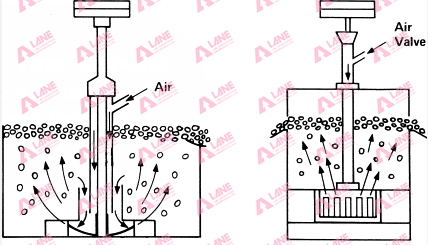
Flotation is a key step in the Potash Fertilizer Production Line that separates the valuable potash from impurities such as clay, salts, and other minerals. Conventional flotation systems often require manual adjustments, which can lead to inconsistencies in product quality and reduced production efficiency.
With the advent of automated flotation technology, production lines can now operate with greater precision and consistency. These automated systems are equipped with sensors and real-time monitoring tools that analyze the composition of the material being processed. Based on this data, the system automatically adjusts flotation parameters such as air flow, reagent dosage, and pH levels to ensure optimal separation of potash from waste materials.
Automated flotation not only enhances the quality of the final product but also reduces the need for constant manual supervision, freeing up labor resources and reducing operating costs.
Continuous Crystallization Processes
Once the potash ore has been crushed, ground, and separated, the next stage in the Potash Fertilizer Production Line involves crystallizing the potassium salts into a usable form of fertilizer. Traditional batch crystallization methods can be time-consuming and inefficient, leading to production delays and higher energy consumption.
In contrast, continuous crystallization processes allow for a constant flow of material through the system, significantly improving production efficiency. This method eliminates the need for frequent shutdowns and restarts, reducing downtime and ensuring a steady output of high-quality potash crystals.
Continuous crystallization also offers better control over crystal size and purity, leading to a more uniform and consistent final product. This improved product quality translates to better performance in the field, as uniform granules are easier to spread and more readily absorbed by crops.
Energy-Efficient Drying Systems
After the crystallization process, the potash fertilizer must be dried to remove excess moisture before it can be packaged and distributed. Traditional drying methods often rely on high-temperature ovens or kilns, which can consume large amounts of energy and increase operational costs.
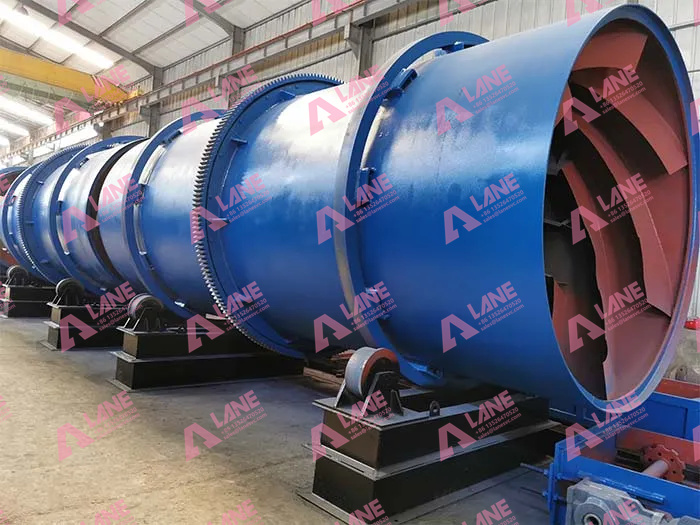
Modern Potash Fertilizer Production Lines have adopted energy-efficient drying technologies, such as fluidized bed dryers and indirect rotary dryers. These systems use lower temperatures and advanced heat recovery techniques to reduce energy consumption while still achieving the desired moisture content.
By utilizing waste heat from other parts of the production process, energy-efficient drying systems significantly reduce the plant’s carbon footprint and lower operational costs. Additionally, these dryers are designed to prevent over-drying, ensuring that the final product retains the optimal moisture content for storage and application.
Real-Time Process Monitoring and Control Systems
One of the most impactful technologies driving efficiency in Potash Fertilizer Production Line is real-time process monitoring and control systems. These systems use a combination of sensors, software, and data analytics to monitor every stage of production, from ore processing to drying and packaging.
Real-time monitoring provides valuable insights into equipment performance, energy usage, and material flow, allowing operators to make informed decisions on how to optimize the production process. For example, if the system detects a drop in efficiency during the flotation stage, it can automatically adjust the air flow or reagent dosage to bring the process back into optimal operation.
These control systems can also predict equipment maintenance needs based on historical data, helping prevent unplanned downtime due to equipment failure. By enabling predictive maintenance and real-time adjustments, process monitoring systems help manufacturers maintain consistent output, reduce waste, and improve overall production efficiency.
Conclusion
The efficiency of a Potash Fertilizer Production Line is determined by a combination of factors, including the quality of raw materials, the precision of equipment, and the ability to monitor and control every aspect of production. The five key technologies discussed in this article—advanced crushing and grinding systems, automated flotation technology, continuous crystallization processes, energy-efficient drying systems, and real-time process monitoring—are transforming the way potash fertilizers are produced.
By adopting these cutting-edge technologies, manufacturers can improve the speed and efficiency of their production lines while reducing energy consumption and waste. This not only benefits the bottom line but also supports sustainable farming practices, helping to meet the growing global demand for high-quality potash fertilizers.
About LANE
Latest Articles & Tips
More-
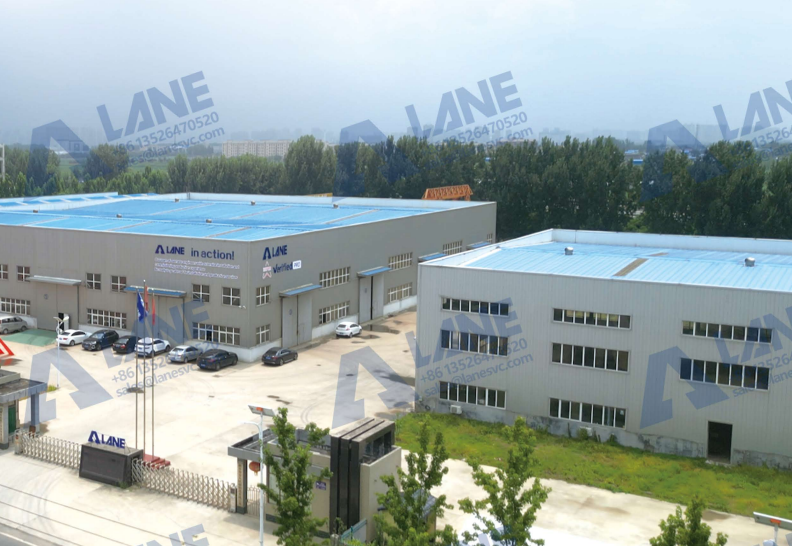
03/14
OEM Fertilizer Equipment Manufacturing: Custom Solutions for Your Production Needs
read more -
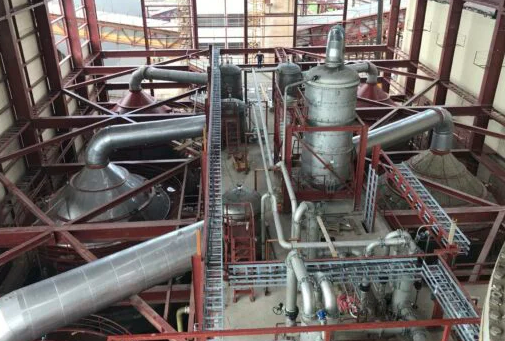
02/27
Fertilizer Granulation for DAP and MAP: Enhancing Efficiency in Fertilizer Production
read more -
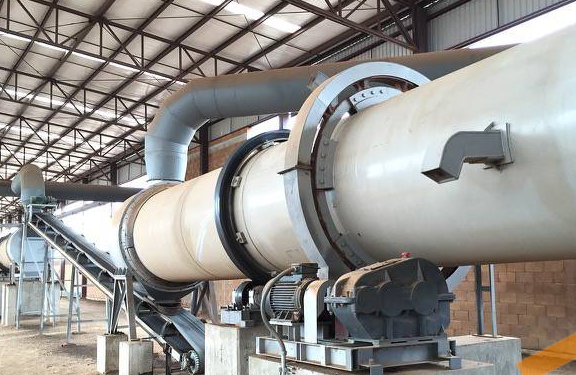
02/27
Fertilizer Production Solutions: Optimizing Efficiency and Sustainability in Fertilizer Manufacturing
read more -
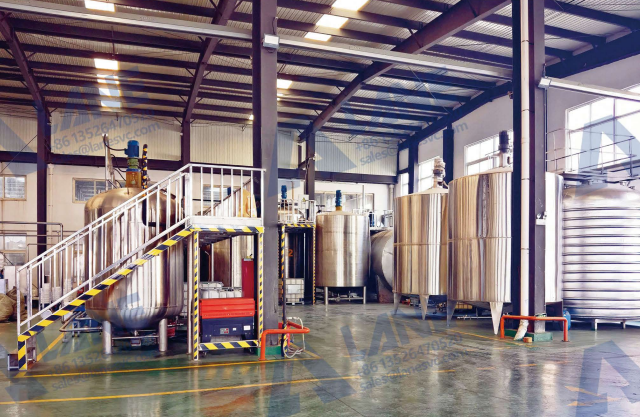
02/13
Chemical Fertilizer Production Line: Enhancing Agricultural Productivity with Precision Manufacturing
read more



Send a message to us